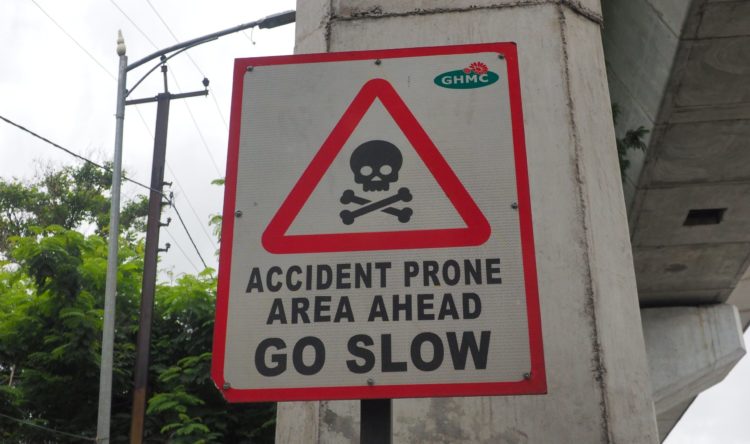Slow understanding of speed
Seeing the wood for the trees - 20mph zones more popular in the south
Is the introduction of 20mph zones popular?
It would seem from the headline over previous months that they are not.
However, new research has found areas of support, particularly in the South East of England.
Low speed of acceptance
According to a survey by Venson Automotive Solutions, almost a quarter (23%) of respondents to a survey from the South East backed the lower speed limit.
Meanwhile, in Wales where the default speed limit was most recently changed from 30-mph to 20-mph, just 8% say they support its introduction.
Across the country as a whole, one-in-seven (14%) respondents said that they would support the introduction of a 20mph speed limit in their area.
Real life benefits
Despite the lower speed limit reducing the frequency of accidents involving fatal or serious injury by about 53%, one in three drivers confess to regularly ignoring it.
The findings follow Brake’s annual Road Safety Week that put the spotlight on the dangers of speeding, which kills five people on the UK’s roads every day.
Much of this is blamed on ignorance of the facts and also misinformation about how and where the zones are being put in place
Driving for work
An estimated 12.3 million cars being used for business travel, including by grey fleet drivers. Thius is why Venson is urging businesses to play their part in educating drivers on the life-saving impact of 20-mph speed zones.
Simon Staton, client management director of Venson Automotive Solutions, said: “In the right places, like residential streets, around schools and in busy pedestrian areas, slowing down can deliver huge safety benefits as well as help reduce harmful emissions and make our towns and cities nicer places to be.
“Despite media rhetoric, 20-mph zones are not introduced arbitrarily, councils must go through Traffic Regulation Orders to reduce speed limits, to prove they are justified. They truly are there for a reason.”
Deterrents
Venson’s research also highlights that the group of drivers most likely to only adhere to a 20-mph limit if a speed camera is present, are those aged between 18-24 (20%).
Meanwhile 11% of men avoid roads with a 20-mph speed limit altogether, compared to 6% of women.
Corporate responsibility
Many businesses no monitor driver behaviour using telematics. Venson believe these businesses should be able to ascertain which of their fleet drivers need further guidance or indeed training. Complying with the 20-mph limits has many societal benefits with little compromise to motorists or the times journeys take. It is also about respecting the law.
“Restricting speed limits with 20-mph zones has been proven to reduce road deaths,” continued Staton. “Of course, many fleet drivers are in high pressured jobs with delivery targets and deadlines to meet, but nothing is more important than a person’s life.
“Fleet drivers should never feel under pressure to speed and by reinforcing the message that slower limits are in place to reduce road casualties and fatalities, businesses can garner greater support of them and bolster the good that they do.”






